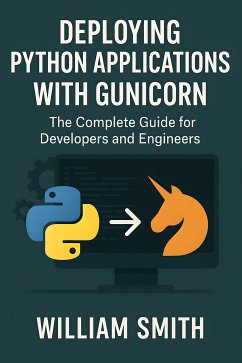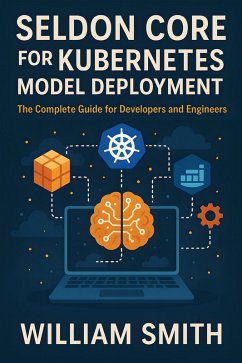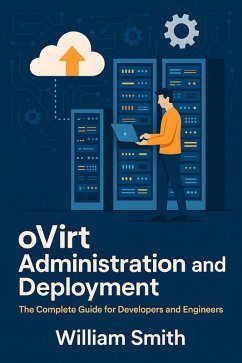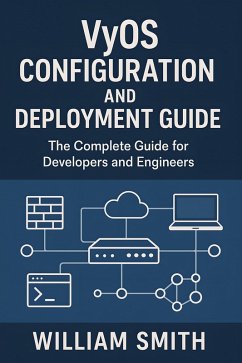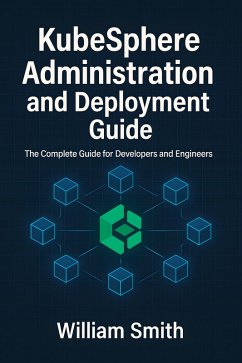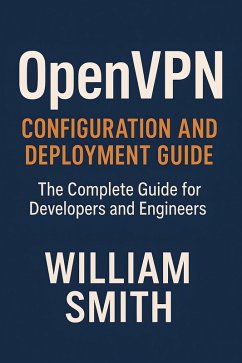
Hypercorn Deployment and Performance Engineering (eBook, ePUB)
The Complete Guide for Developers and Engineers
Sofort per Download lieferbar
8,48 €
inkl. MwSt.

PAYBACK Punkte
0 °P sammeln!
"Hypercorn Deployment and Performance Engineering" "Hypercorn Deployment and Performance Engineering" is an essential, modern reference for engineers and architects seeking to master production-grade deployments of ASGI-compatible Python web applications. This comprehensive and authoritative guide reveals the internals of the Hypercorn server, offering a thorough foundation in its architecture, support for multiple concurrency models, and detailed protocol handling for HTTP/1.1, HTTP/2, HTTP/3, and WebSockets. The book demystifies the crucial ASGI specification and uncovers how Hypercorn route...
"Hypercorn Deployment and Performance Engineering" "Hypercorn Deployment and Performance Engineering" is an essential, modern reference for engineers and architects seeking to master production-grade deployments of ASGI-compatible Python web applications. This comprehensive and authoritative guide reveals the internals of the Hypercorn server, offering a thorough foundation in its architecture, support for multiple concurrency models, and detailed protocol handling for HTTP/1.1, HTTP/2, HTTP/3, and WebSockets. The book demystifies the crucial ASGI specification and uncovers how Hypercorn routes requests and orchestrates seamless application communication, standing as an indispensable resource for those building asynchronous systems. Moving beyond fundamentals, the book dives deep into the intricacies of real-world configuration, performance tuning, and security engineering. Readers will find actionable insights on server settings, extensive protocol tuning options, secure TLS deployment, middleware integration, and the creation of custom logic through extension hooks. With clear walkthroughs for deploying Hypercorn at scale-covering containerization, orchestration via Kubernetes and Nomad, reverse proxy integration, and zero-downtime deployment strategies-the text arms professionals with the knowledge to build robust, high-availability systems in both cloud-native and edge environments. For those committed to operational excellence, the guide also delivers advanced chapters on performance profiling, large-scale incident response, adaptive scaling, resource isolation, and comprehensive observability. In-depth coverage of security topics, from threat modeling to encrypted configuration, ensures safe operations, while a forward-looking section on next-generation trends-including HTTP/3, AI-augmented operations, and zero-trust architectures-makes this work an indispensable asset for today's and tomorrow's Python web engineers.
Dieser Download kann aus rechtlichen Gründen nur mit Rechnungsadresse in A, B, BG, CY, CZ, D, DK, EW, E, FIN, F, GR, H, IRL, I, LT, L, LR, M, NL, PL, P, R, S, SLO, SK ausgeliefert werden.




